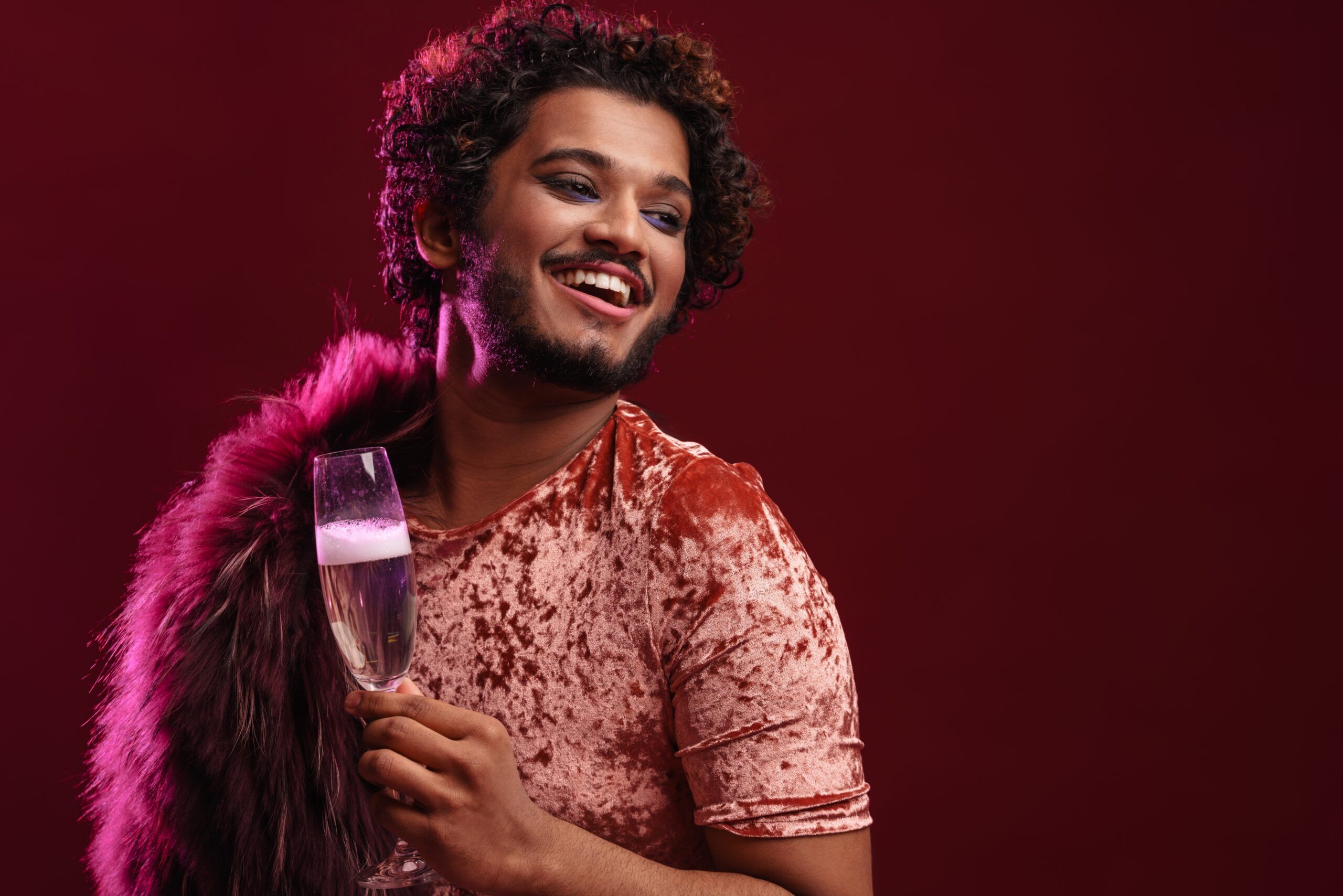In 1978, artist and activist Gilbert Baker created the first rainbow Pride flag, a powerful symbol of unity, love, and resilience within the LGBTQ+ community. This original flag featured eight distinct colors, each representing a unique aspect of the human experience. Over the years, the flag has evolved, but Baker’s original design remains a testament to the diversity and strength of the LGBTQ+ movement.
The meaning behind the Pride flag colors
Baker’s original rainbow flag wasn’t just a rainbow for aesthetic purposes; it was a deliberate and thoughtful creation. Each color had a specific meaning, reflecting the core values and aspirations of the LGBTQ+ community:
- Pink (Sex): Signifying sexuality, an essential and celebratory aspect of human identity.
- Red (Life): Representing life and the life force within us all.
- Orange (Healing): Symbolizing healing, a reminder of the community’s ongoing struggle for acceptance and equality.
- Yellow (Sunlight): Emblematic of sunlight, joy, and the bright moments in life.
- Green (Nature): Reflecting nature, a grounding and nurturing force.
- Turquoise (Magic): Denoting magic and art, highlighting creativity and expression.
- Blue (Serenity): Representing serenity, peace, and harmony.
- Violet (Spirit): Signifying spirit, the soul, and inner strength.
Culture, unfiltered
Twice a week, our newsletter will bring you the pulse of queer culture, from the tastemakers to the groundbreakers.

The evolution of the Pride flag
While the modern Pride flag is more commonly seen with six colors, the original eight-color version by Baker holds a special place in LGBTQ+ history. The removal of pink and turquoise was a result of the practicality and availability of fabric, but the meanings of these colors continue to resonate within the community.
Today, we also have the Philadelphia Pride flag, the Progress Pride flag (including the latest intersex-inclusive version), and Pride flags for all queer identities—even an Ally Pride flag.
Understanding the original Pride flag’s symbolism allows us to appreciate the depth and diversity within the LGBTQ+ community. Each stripe represents an integral part of the human experience, celebrating not just individual identities but also the collective journey towards equality and acceptance.
Related“This might be ‘appropriating’ something that does not belong to me,” a cis, straight guy pointed out about his own potential fashion choice.
Let's find out your Rainbow Pride flag color!
To celebrate our queer history and the diversity in our community, we made this quiz! Find out which color of the original eight stripes of the 1978 Gilbert Baker Rainbow Pride flag suits you best.
No matter the color you get, each result will uncover a special part of what makes you who you are.
Take the quiz to discover your true colors!
What's your ideal way to spend a weekend?
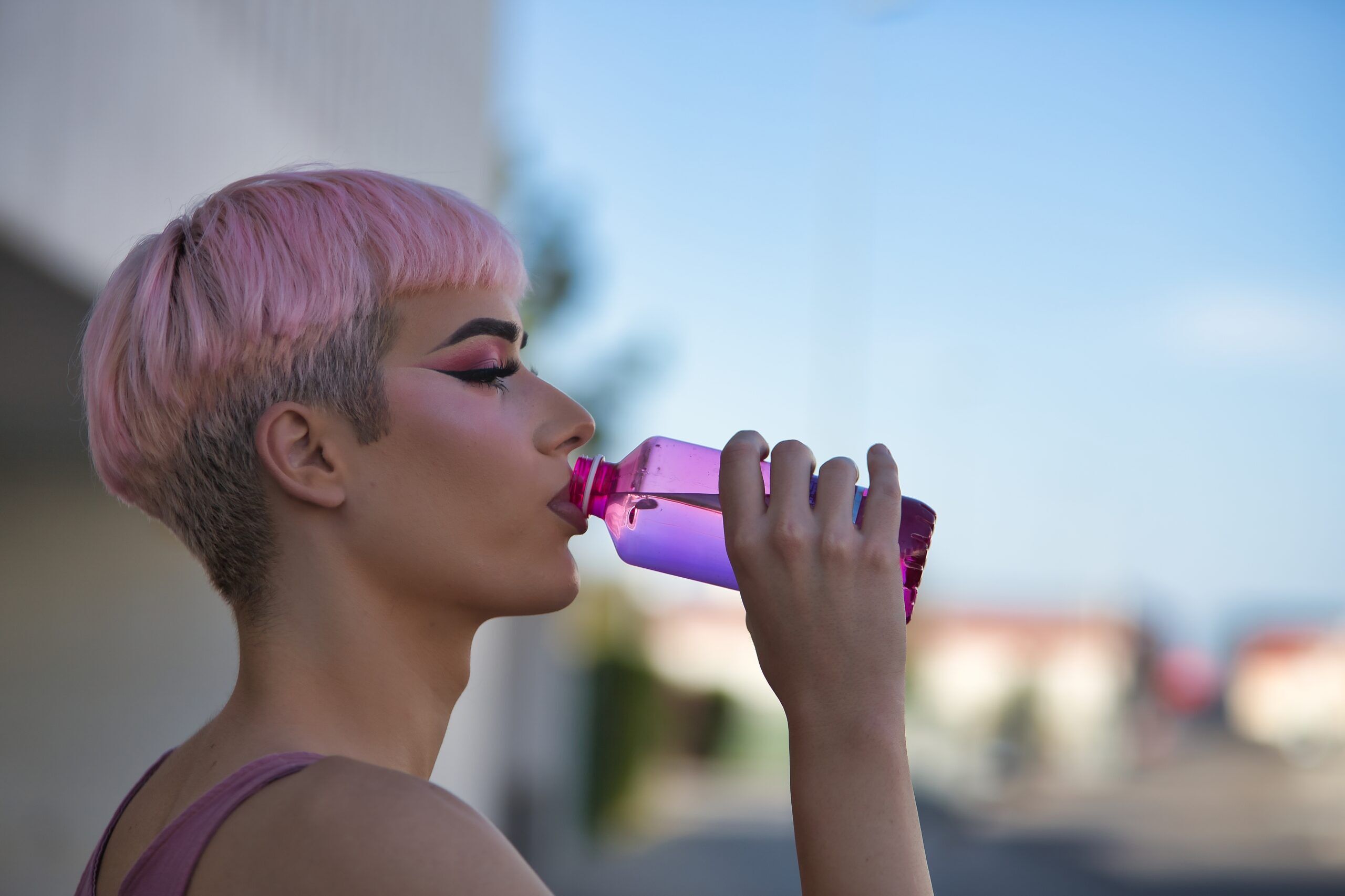
What's your favorite type of weather?
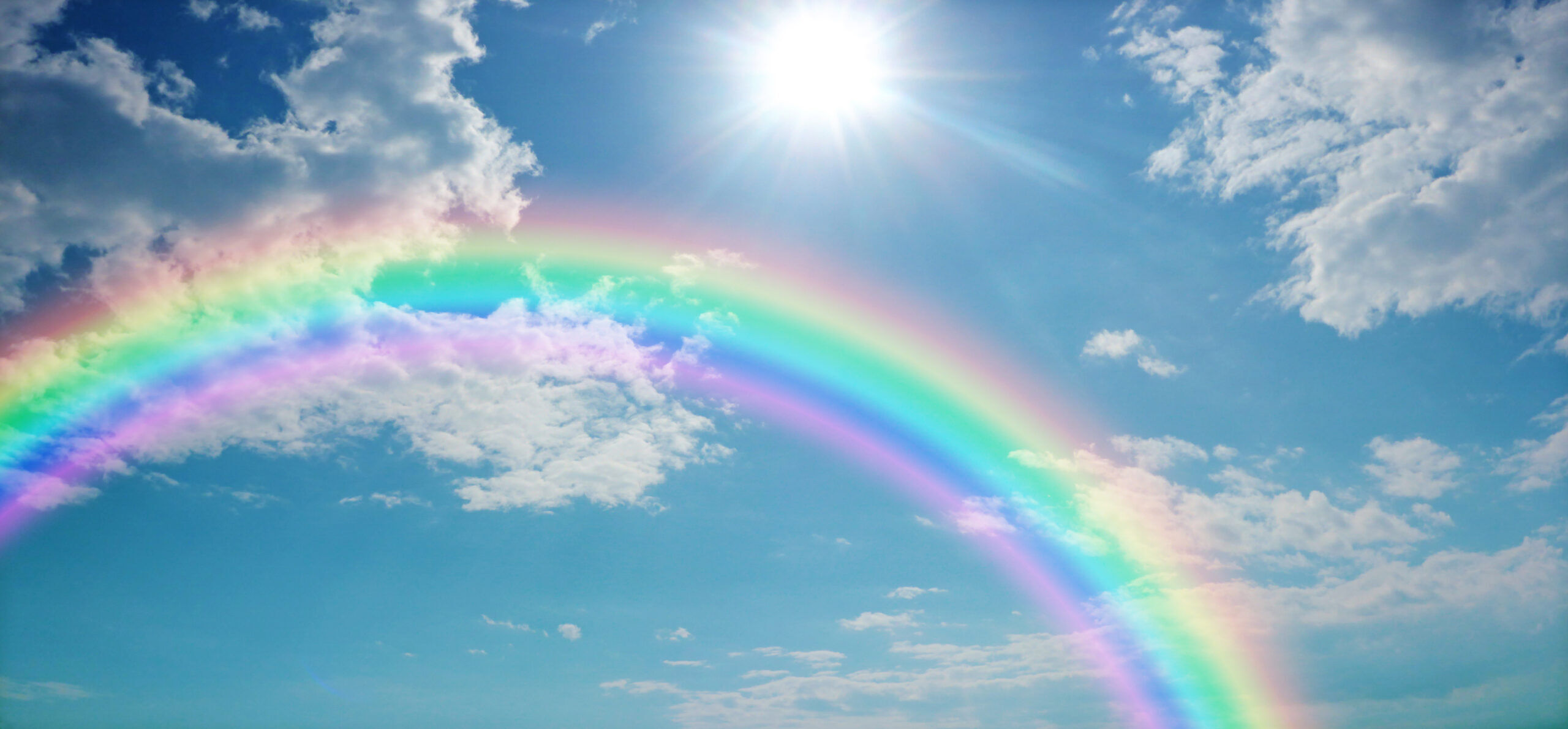
What's your go-to comfort food?
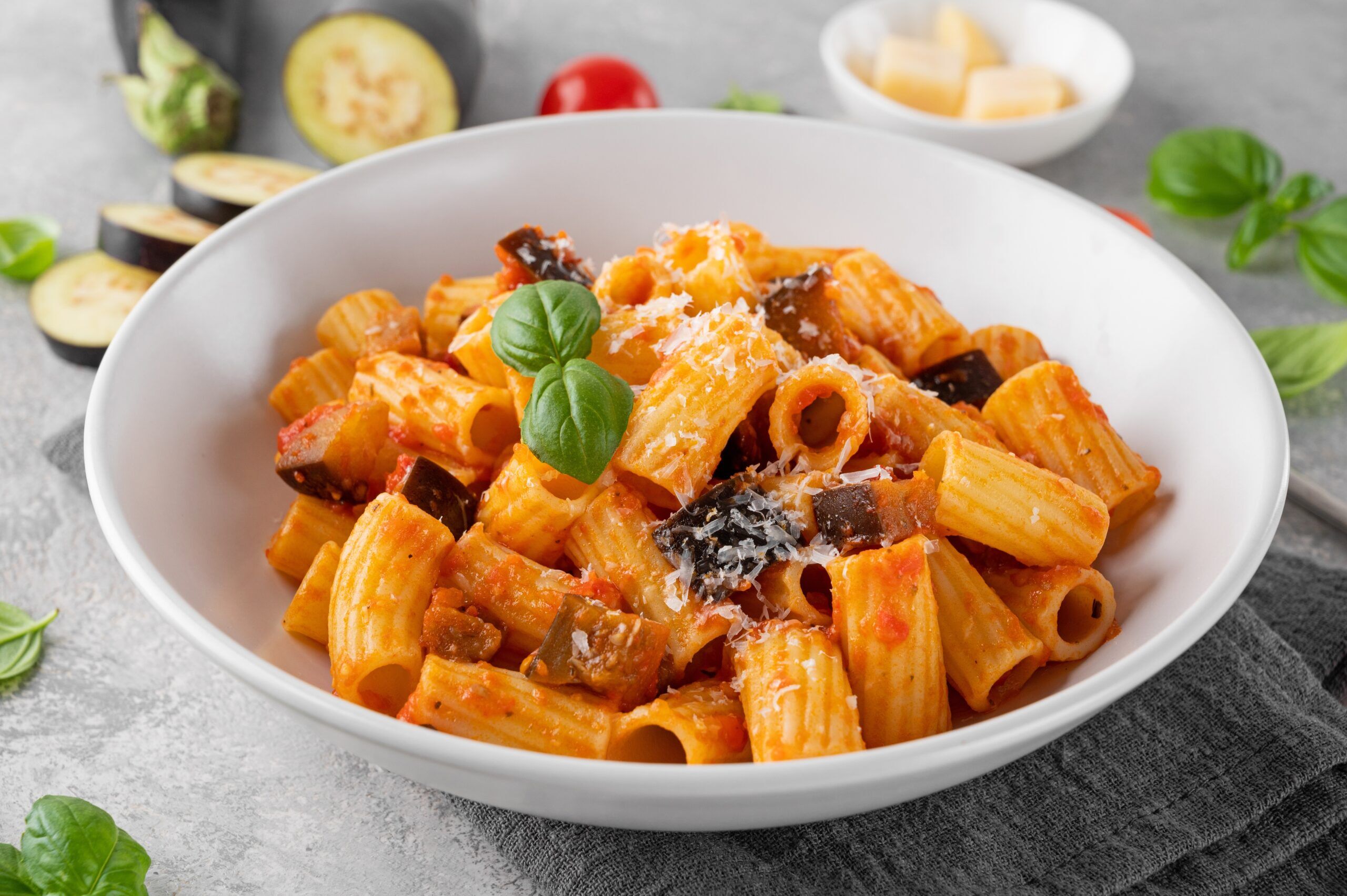
What's your favorite hobby?
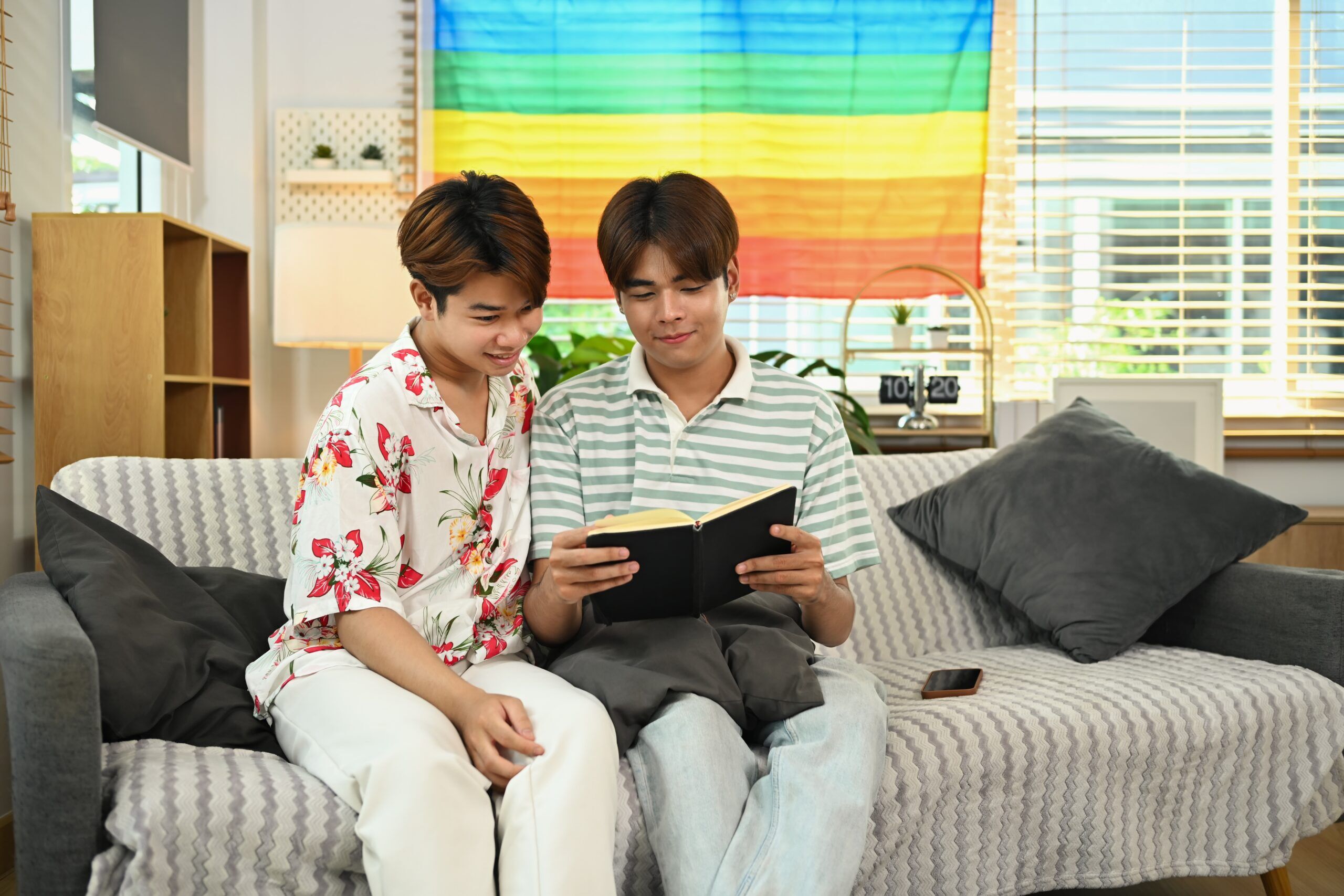
What's your dream vacation destination?

What's your favorite time of day?
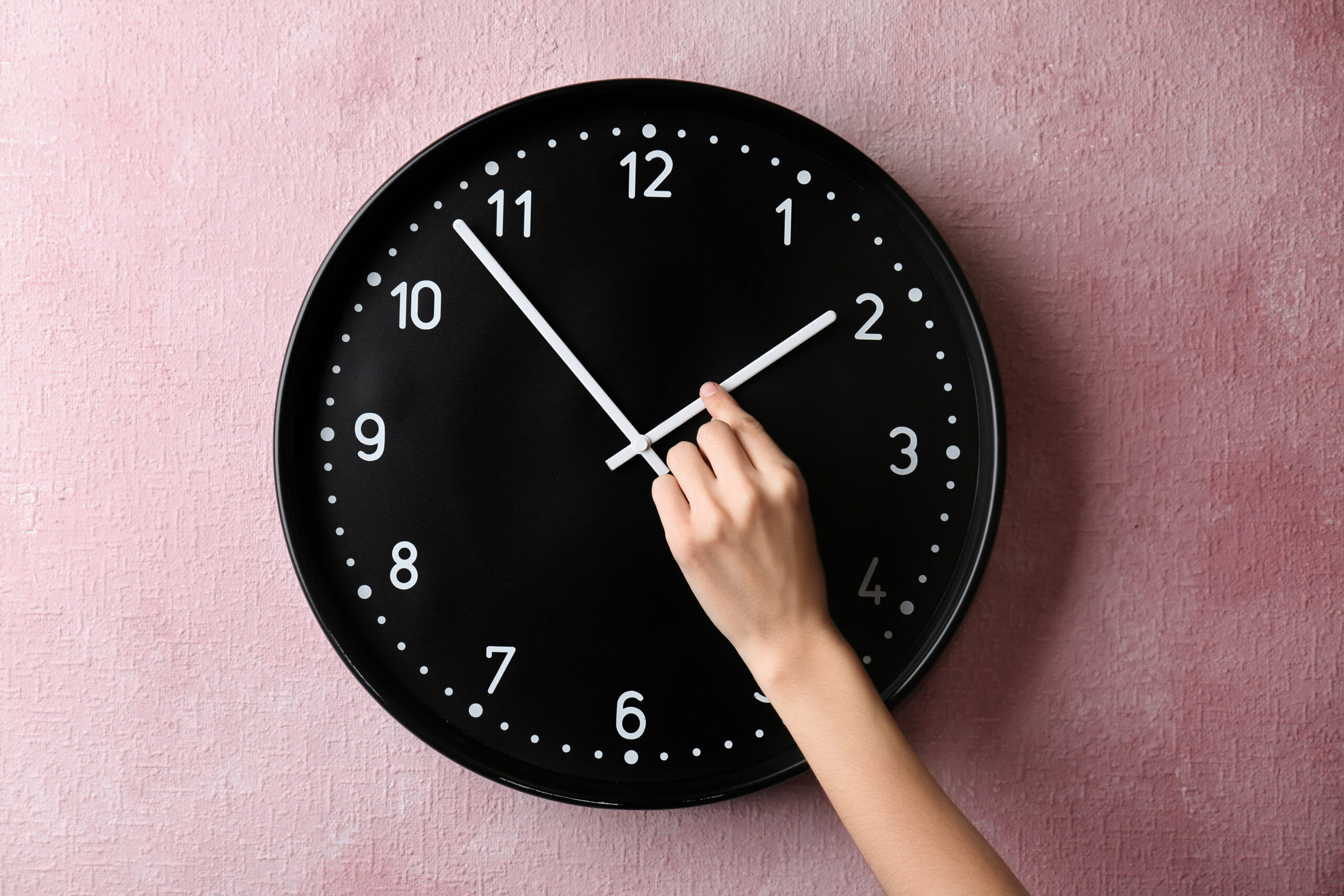
What's your favorite type of music?

What's your ideal pet?
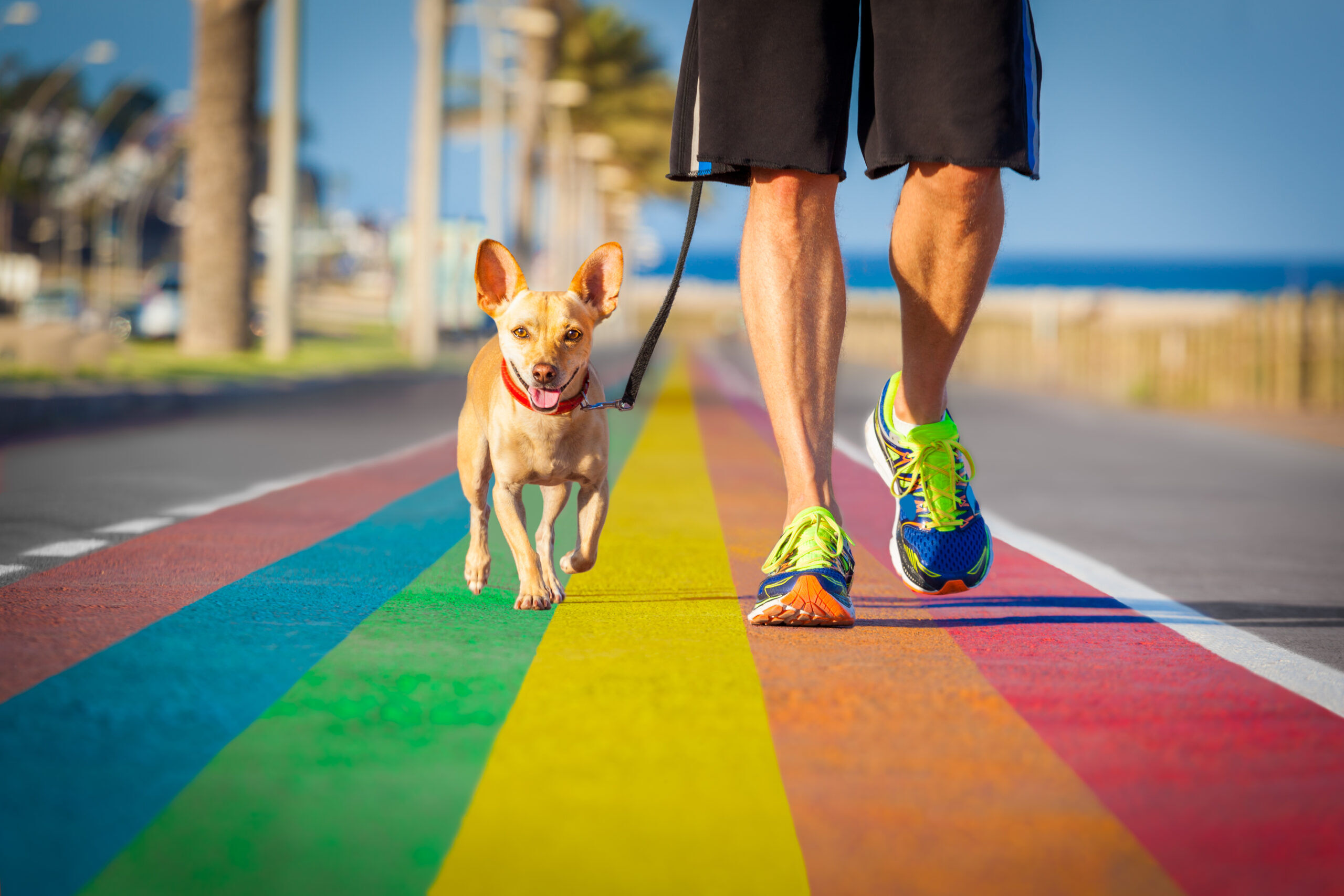
How do you handle stress?
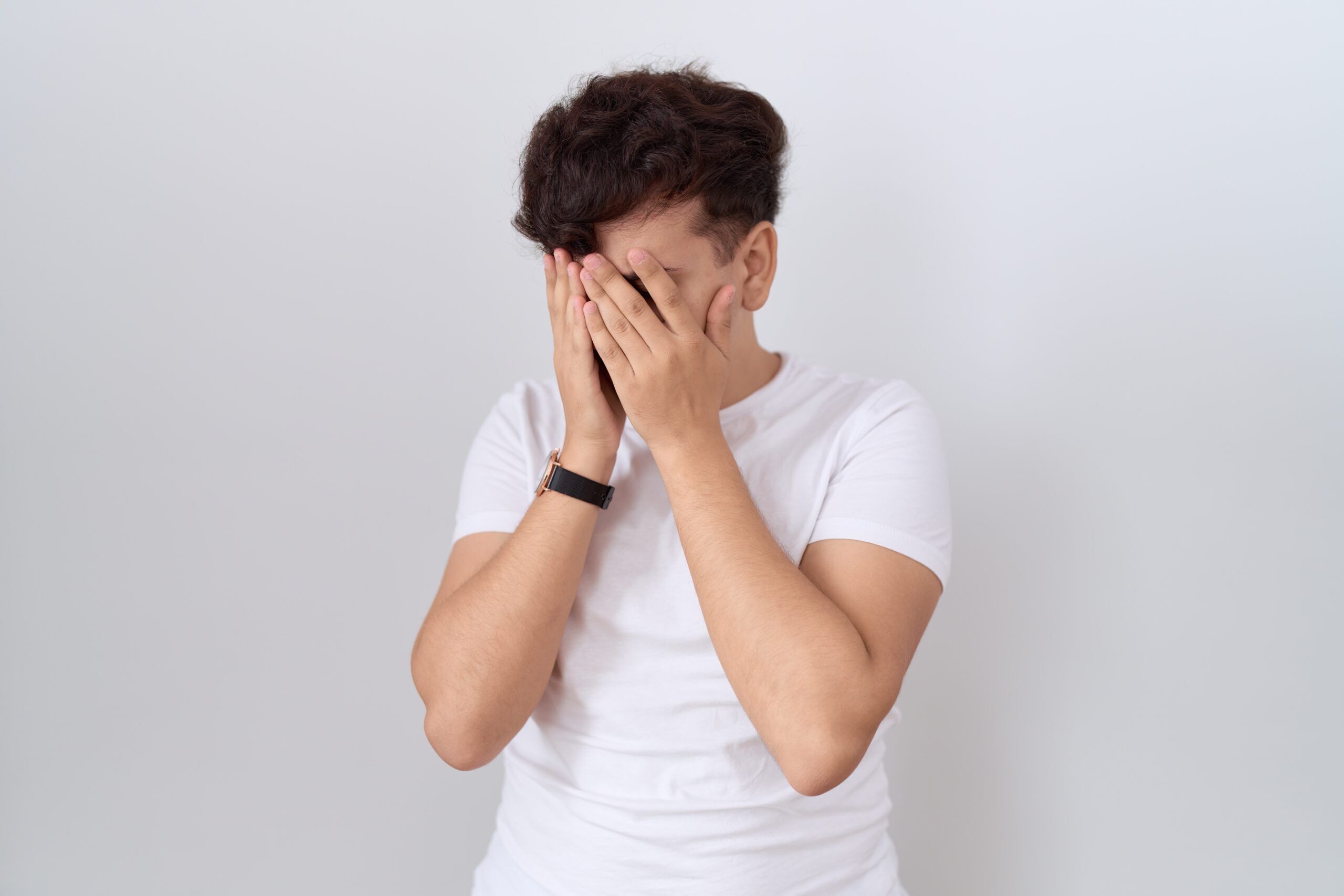
What's your favorite holiday?
